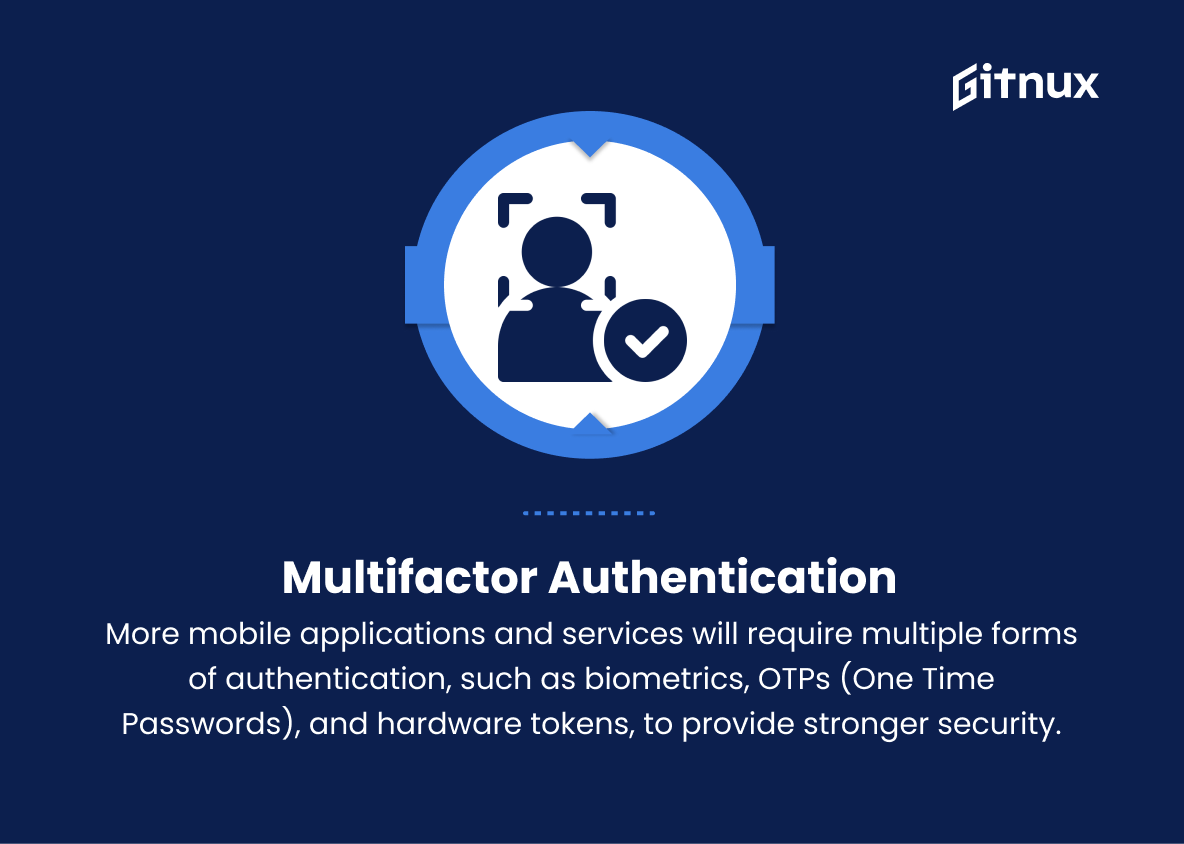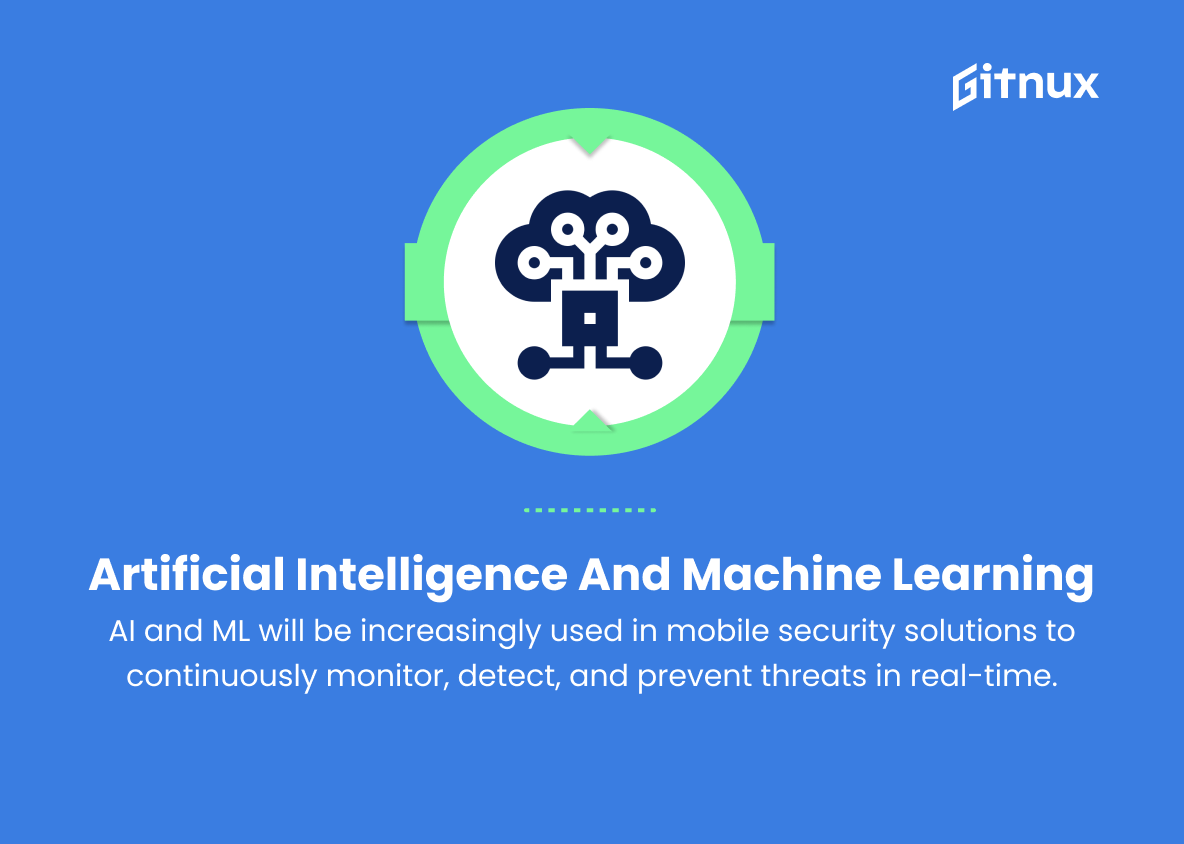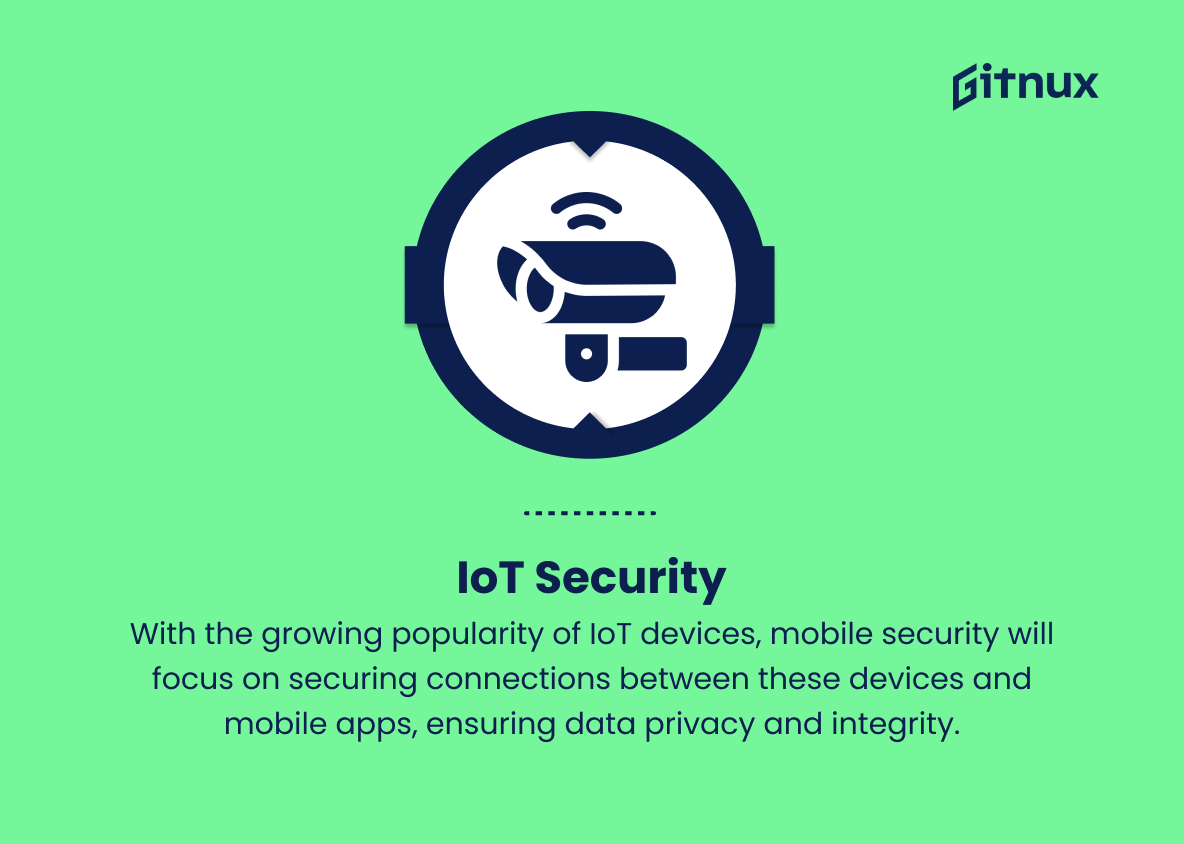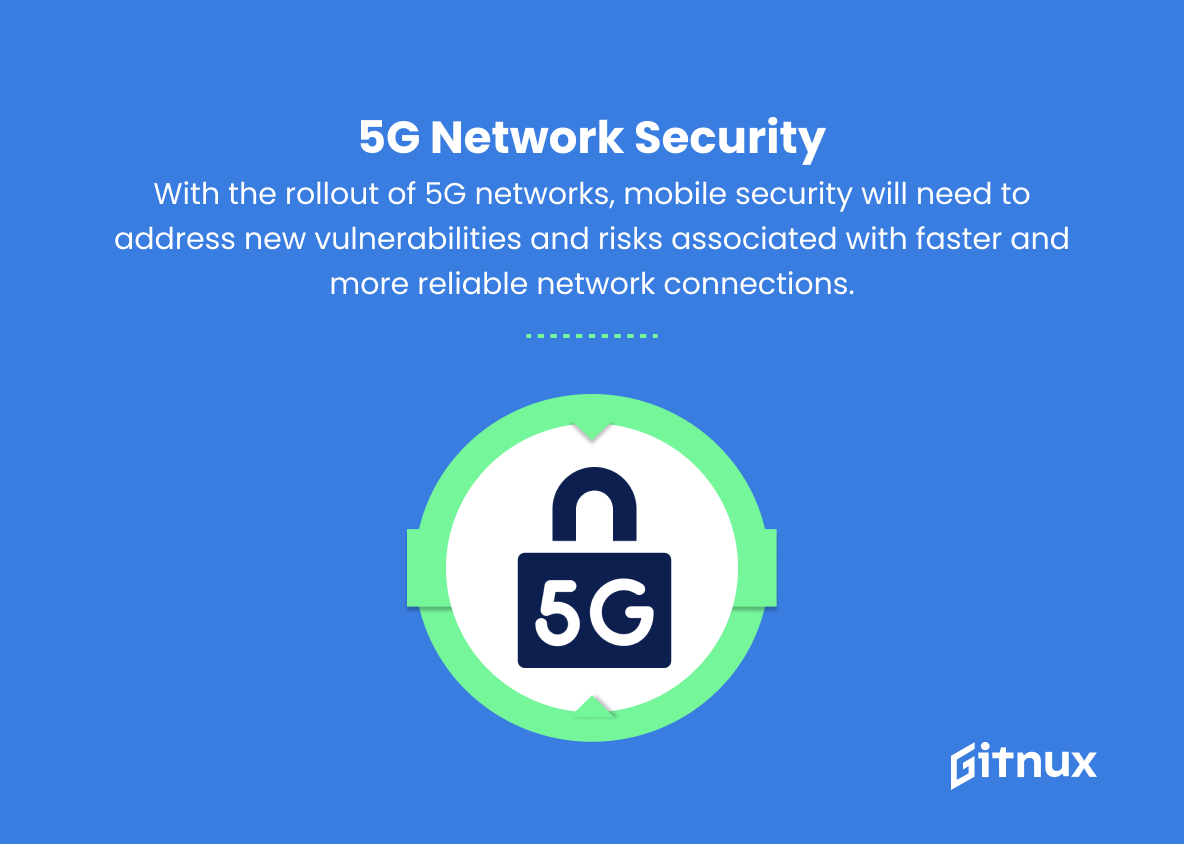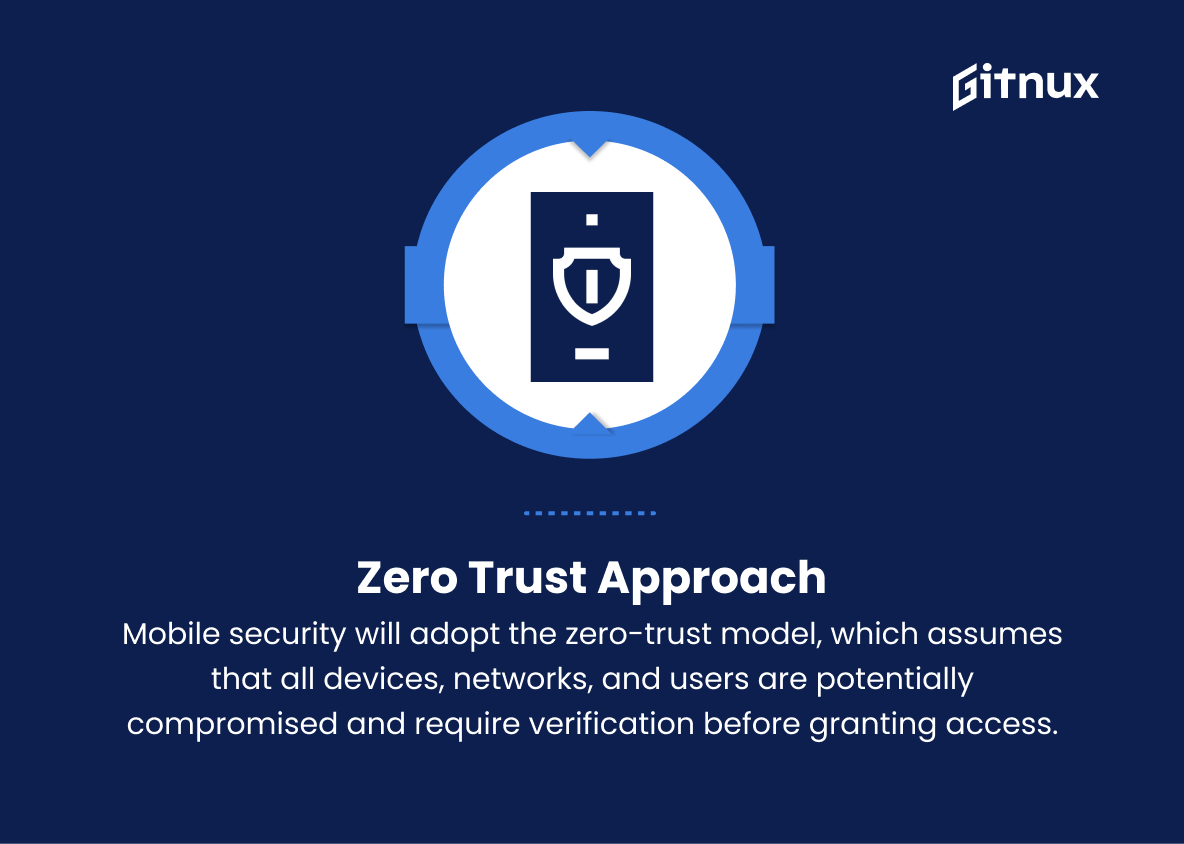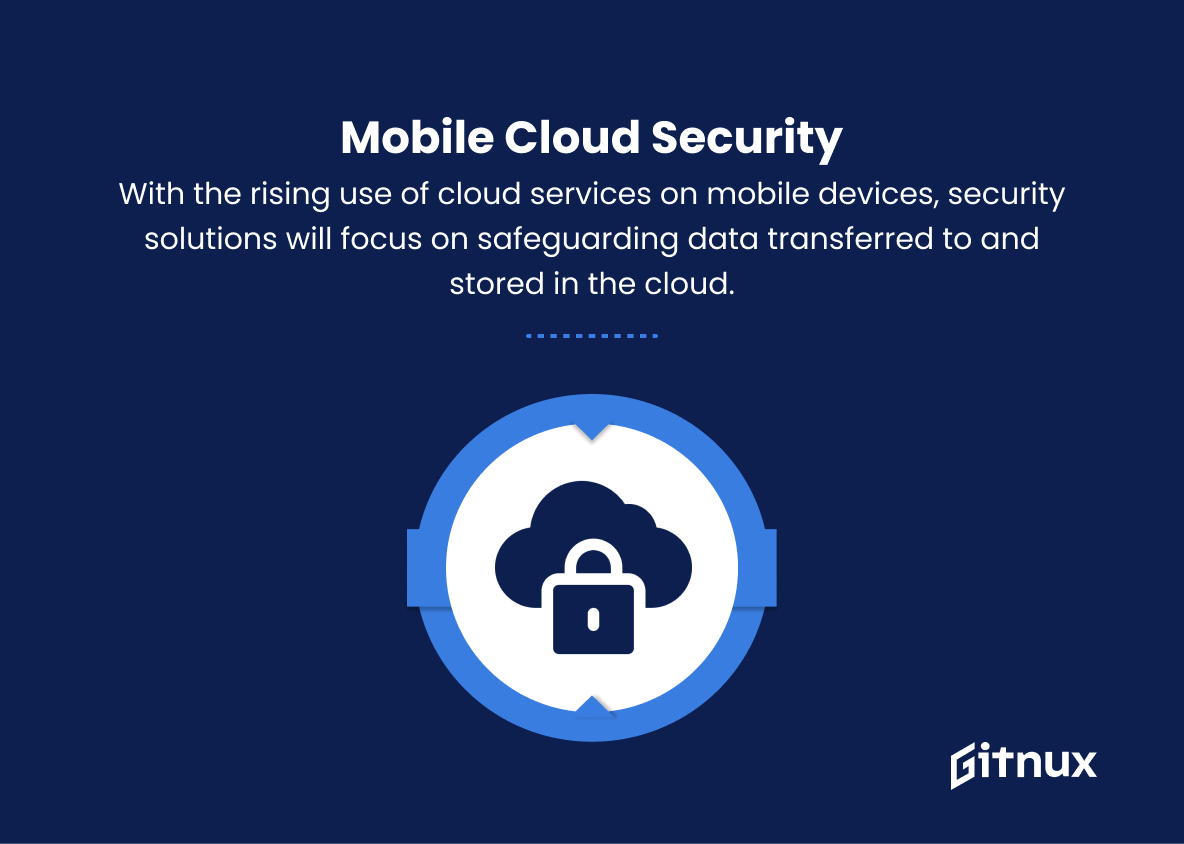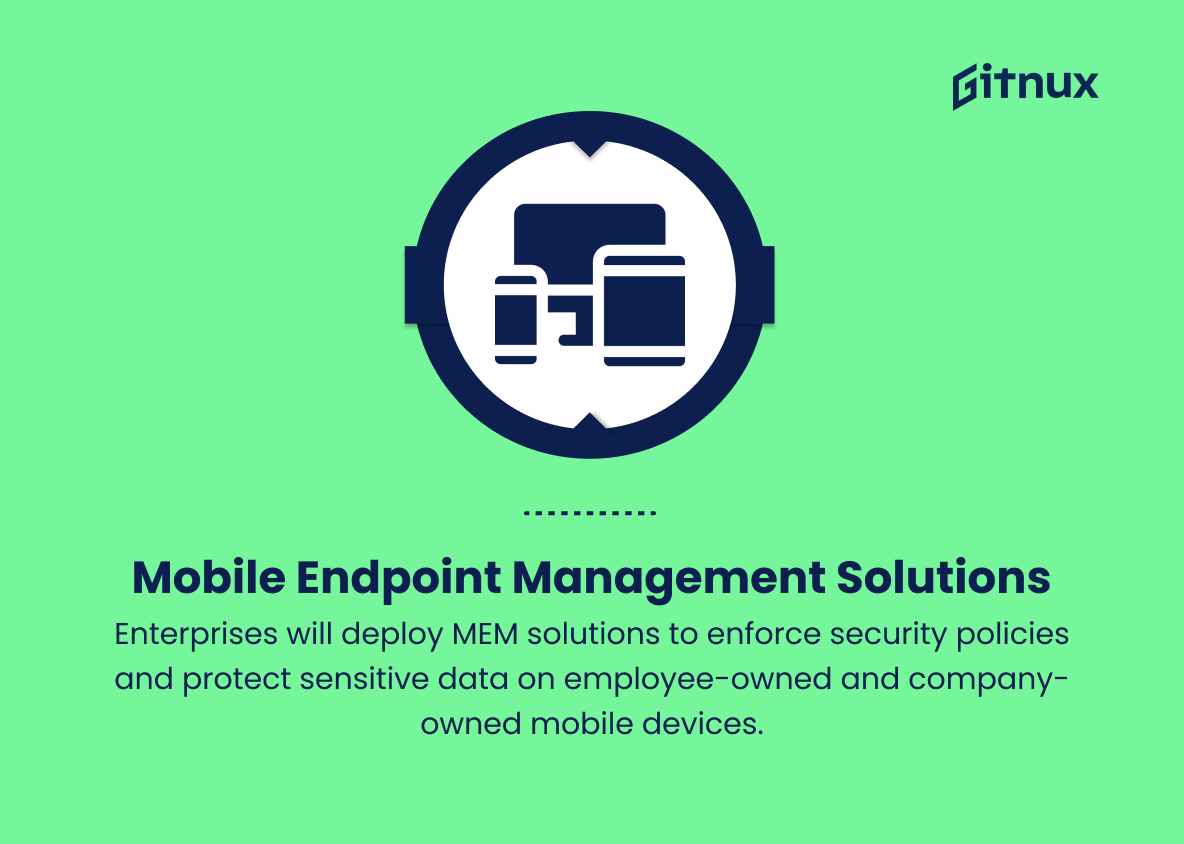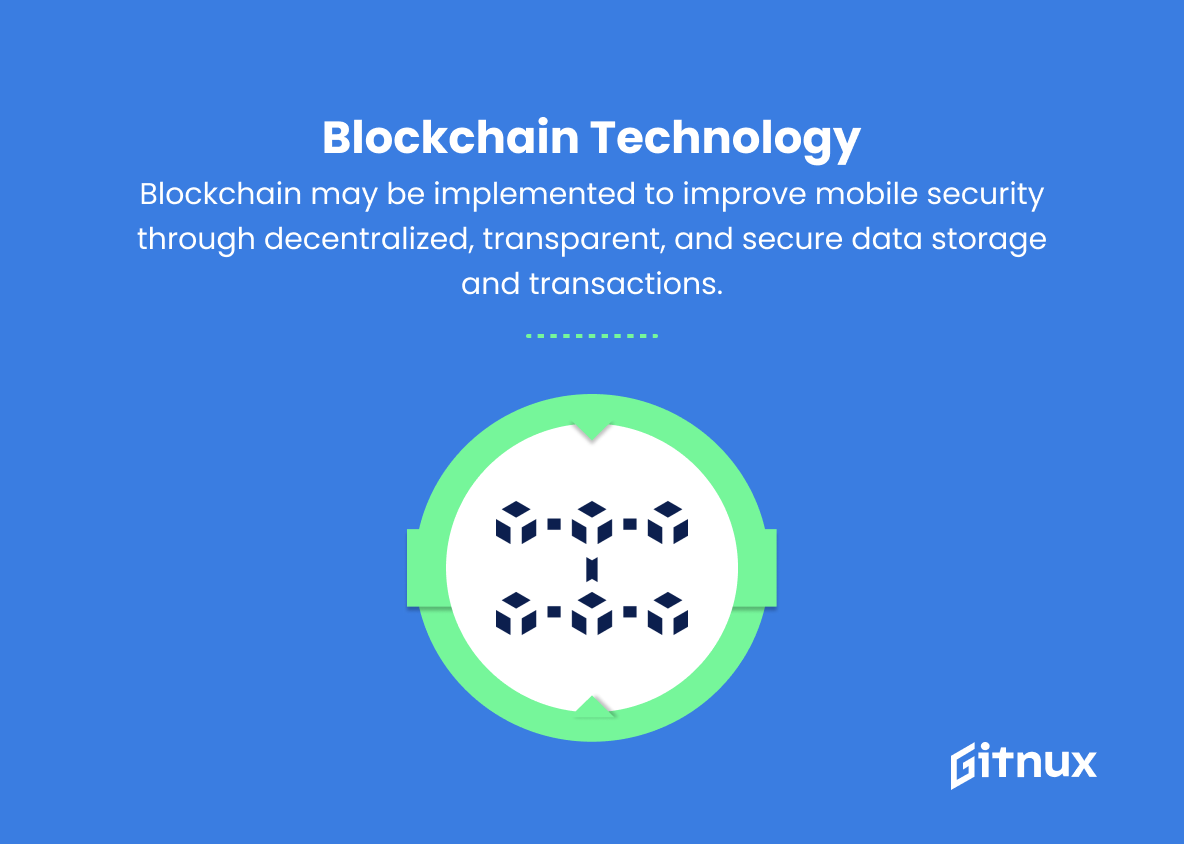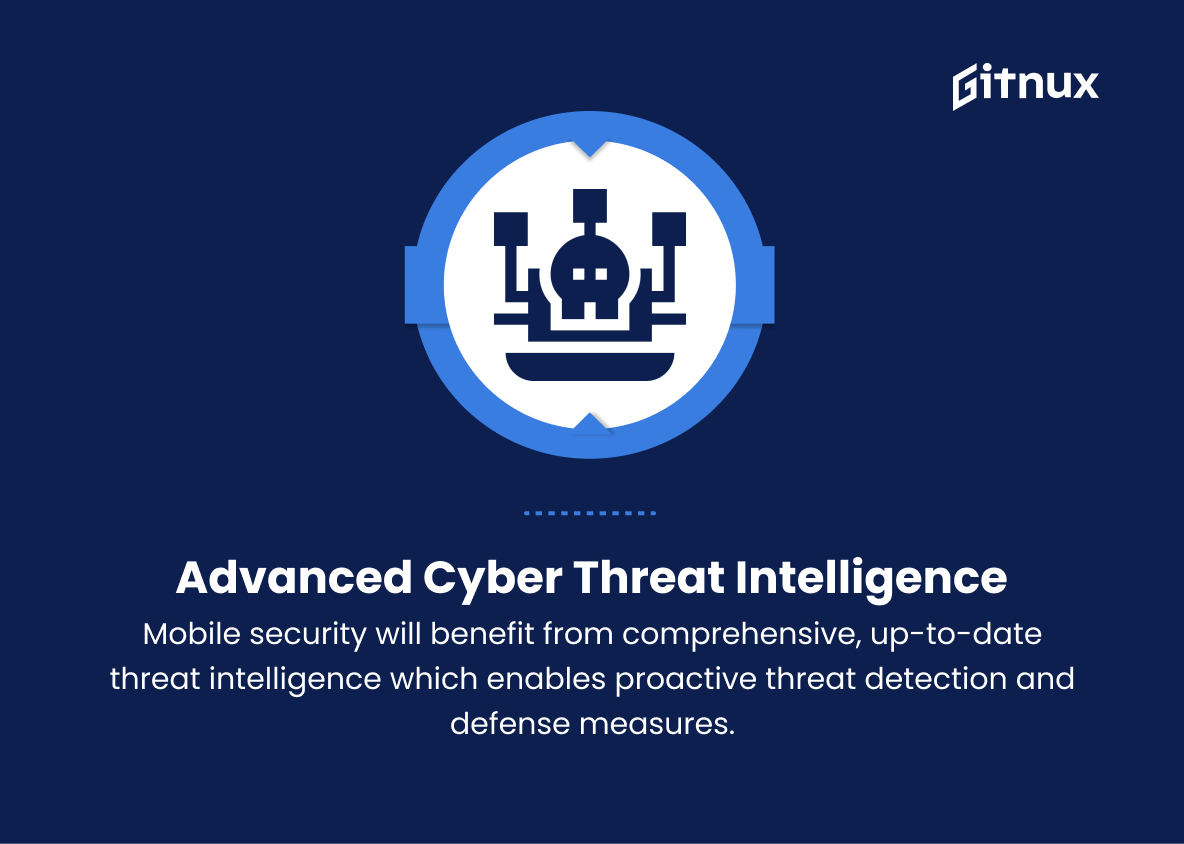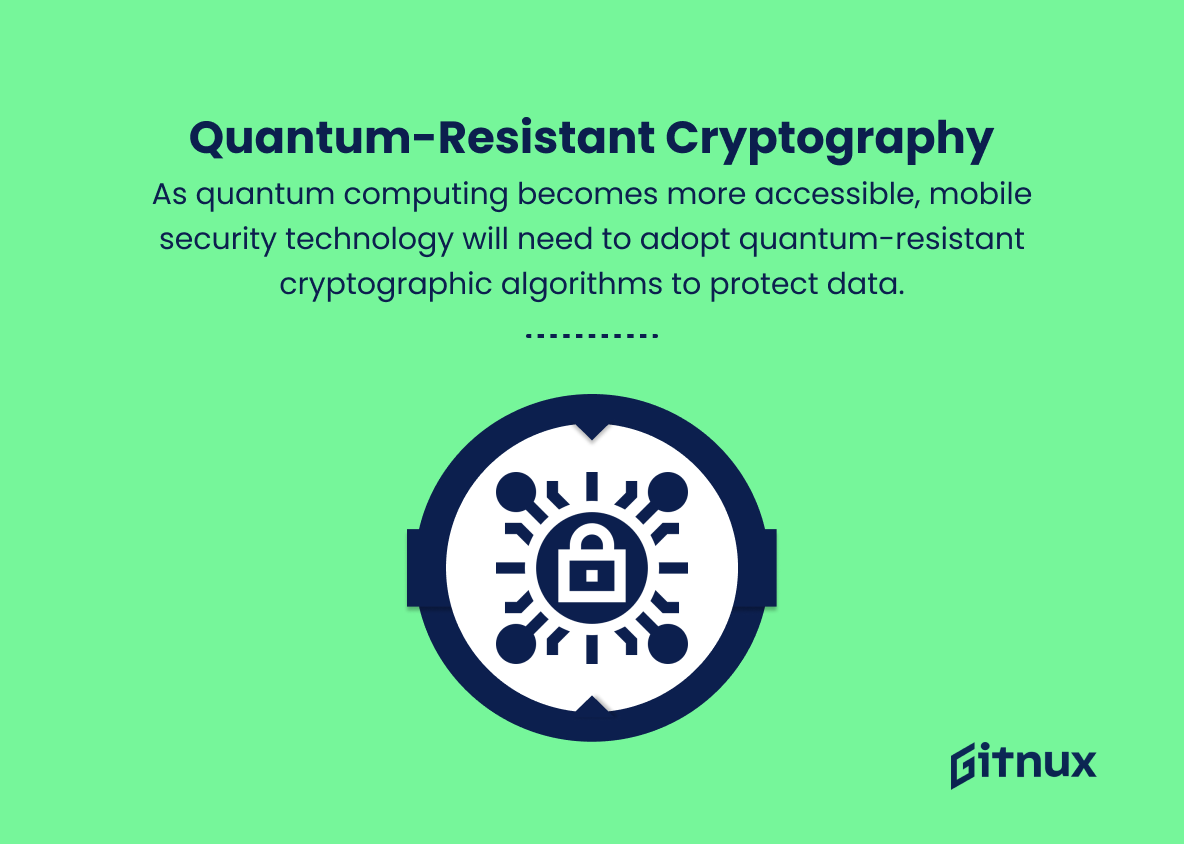In today’s digital age, mobile devices have become an integral part of our lives, enabling us to stay connected and access valuable information at our fingertips. With the rapid evolution of mobile technology and the increasing demands on data protection, mobile security has gained significant importance.
This blog post aims to unravel the emerging mobile security trends that are reshaping the industry and influencing how businesses and individuals safeguard their sensitive data. Stay tuned as we delve into the latest developments, challenges, and solutions that are shaping the future of mobile security.
Top Mobile Security Trends
1. Multifactor Authentication
More mobile applications and services will require multiple forms of authentication, such as biometrics, OTPs (One Time Passwords), and hardware tokens, to provide stronger security.
2. Advanced biometrics
The use of facial recognition, iris scans, and fingerprint authentication will become more prevalent, providing a higher level of security.
3. Artificial Intelligence (AI) and Machine Learning (ML)
AI and ML will be increasingly used in mobile security solutions to continuously monitor, detect, and prevent threats in real-time.
4. Mobile Application Shielding
Mobile apps will use advanced encryption, code obfuscation, and runtime protection to prevent tampering, reverse-engineering, and other malicious activities.
5. IoT Security
With the growing popularity of IoT devices, mobile security will focus on securing connections between these devices and mobile apps, ensuring data privacy and integrity.
6. 5G Network Security
With the rollout of 5G networks, mobile security will need to address new vulnerabilities and risks associated with faster and more reliable network connections.
7. Zero Trust Approach
Mobile security will adopt the zero-trust model, which assumes that all devices, networks, and users are potentially compromised and require verification before granting access.
8. Mobile Threat Defense (MTD) Solutions
MTD solutions will combine advanced threat detection, real-time risk analysis, and automated protective measures on mobile devices to prevent security breaches.
9. Privacy Regulations Compliance
Mobile security solutions will have to comply with new and evolving privacy regulations like GDPR, CCPA, and others worldwide, ensuring user data privacy and consent.
10. Mobile Cloud Security
With the rising use of cloud services on mobile devices, security solutions will focus on safeguarding data transferred to and stored in the cloud.
11. Mobile Endpoint Management (MEM) Solutions
Enterprises will deploy MEM solutions to enforce security policies and protect sensitive data on employee-owned and company-owned mobile devices.
12. Blockchain Technology
Blockchain may be implemented to improve mobile security through decentralized, transparent, and secure data storage and transactions.
13. Advanced Cyber Threat Intelligence
Mobile security will benefit from comprehensive, up-to-date threat intelligence which enables proactive threat detection and defense measures.
14. Quantum-resistant Cryptography
As quantum computing becomes more accessible, mobile security technology will need to adopt quantum-resistant cryptographic algorithms to protect data.
15. Secure-by-Design Approach
Mobile apps and devices will prioritize security from the ground up, integrating security best practices into the development and deployment processes.
Implications
As technology rapidly evolves, mobile security trends must transform in order to maintain the integrity of our digital infrastructure. The shift towards multifactor authentication will strengthen security by requiring various forms of verification, while advanced biometrics will provide an additional layer of protection via facial recognition and fingerprint authentication.
Furthermore, AI and ML will play a vital role in continuously monitoring and adapting security measures in real time. Mobile apps will employ mobile application shielding, using advanced encryption and code obfuscation, while 5G networks will enhance connections yet require tighter security measures. The zero-trust approach, mobile threat defense solutions, and mobile endpoint management will help to identify potential threats and protect sensitive data. With the growing importance of privacy regulations compliance, mobile security measures must ensure data privacy and user consent.
As the use of cloud services and blockchain technology becomes more widespread, security solutions must focus on safeguarding data transfers and storage. Advanced cyber threat intelligence will aid in proactive threat detection, while quantum-resistant cryptography will be essential when quantum computing advances.
Finally, adopting a secure-by-design approach will establish mobile apps and devices as secure from their inception, resulting in a more robust digital ecosystem.
Conclusion
In the ever-evolving landscape of mobile technology, staying updated on the latest mobile security trends is imperative to protect sensitive data and ensure user privacy. As technology continues to advance, so do the security threats that target our growing dependence on mobile devices. By familiarizing ourselves with the emerging trends, such as zero trust, machine learning-based threat detection, and secure application development, we can take proactive measures to safeguard our devices and crucial information.
As the industry moves forward, leveraging these technologies and collaborating with cybersecurity experts is essential to combat potential cyber risks and ensure a more secure mobile experience for all users. Stay vigilant, stay updated, and most importantly, stay secure.
